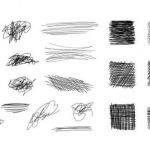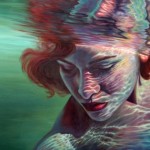Pablo Picasso paintings are so famous today, that he often serves as a synonym for the best artist. He was definitely a rare genius, and one of the most important figures in the development of the 20th century art. Due to his daring and innovative artistic endeavors, this Spaniard rose to world fame before the age of 50, becoming the single most revered artist in the western hemisphere.
His unique style and a divine gift made Picasso a figure who had the greatest and the most significant influence on the modern art evolution and the art world.
Pablo Picasso was born in 1881 in the Spanish town of Magala. He discovered his life calling early, and he enrolled in an advance art class when he was 15. His childhood works already exhibited some of his singular expression.
The great part of his life, Picasso spent in France that he loved. He moved to Paris in 1904, and in 1947 he transferred to the sunny south of the country.
Picasso’s work is usually divided into periods, all distinct and interesting.
His early Blue Period came around 1901 and lasted for about three years. The greater part of the artwork belonging to this phase was executed in dark, deep blue nuances.
The Rose Period emerged around 1905, occupying a year of his career. This phase is characteristic for lighter palette, joyful style with theatrical characters.
A painting Picasso executed in 1907 signified not only the transition the artist made into a new style, but it singlehandedly changed the course of modern art. It was “Les Demoiselles d’Avignon”, the foremost painting of Cubism and the cherished icon of modern art. The painting caused much turmoil in the society, as it was considered a scandal to depict nude prostitutes in such a hideous way. What the public understood later was that this depiction shifted the representational qualities of painting and set the foundation for conceptual and surrealistic art as well.
In anticipation of World War II, and stricken by the conflict in Spain, Picasso painted another icon of the 20th century art – “Guernica”. The immediate inspiration was the bombing of Guernica, and painting was a spirited protest of the artist done on a large scale. He presented the monstrous combat, intertwined characters in excruciating pain and battle, as he was agitating toward the end of was while condemning fascism. Guernica was a mighty political picture and brilliant work of art, that marked an important point in engaged modern art.
Onwards in his career, Picasso dedicated much of his time to exploring the comedy and fantasy. He turned to other media, such as graphic arts, sculpture and ceramics. Still constantly working, he created a vast number of illustrations, drawings, and designs in this period with whimsical content.
Also, Picasso pondered on reimagination of other artwork created by his notable colleagues. He painted variations of Velasquez and Delacroix works at the final stage of his career. These pieces are phenomenal interpretations, which have remained popular to this date for their artistic quality.
Pablo Picasso died in France in 1973 at the age of 91. After his death, 22,000 works of art created by the modern master were identified.
The fact that Picasso never ceased to experiment and explore, and that he remained true to a unique style of his own, has helped mark him as one of the greatest artists of the previous century, and perhaps in history of art as well.
Pablo Picasso painting list
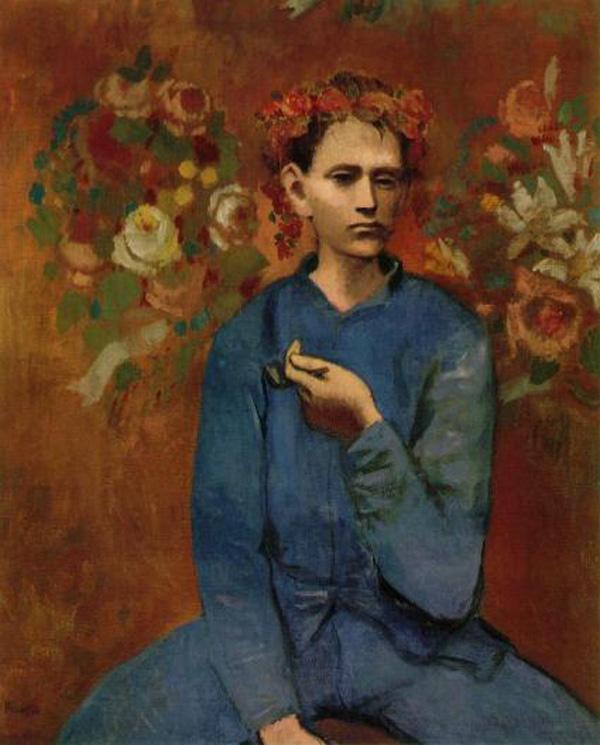
Boy with a Pipe – Garçon à la Pipe, 1905
An early Picasso’s painting, designated to his Rose period. He painted this work soon after he came to Paris, showing a boy holding a pipe and wearing a wreath of flowers.
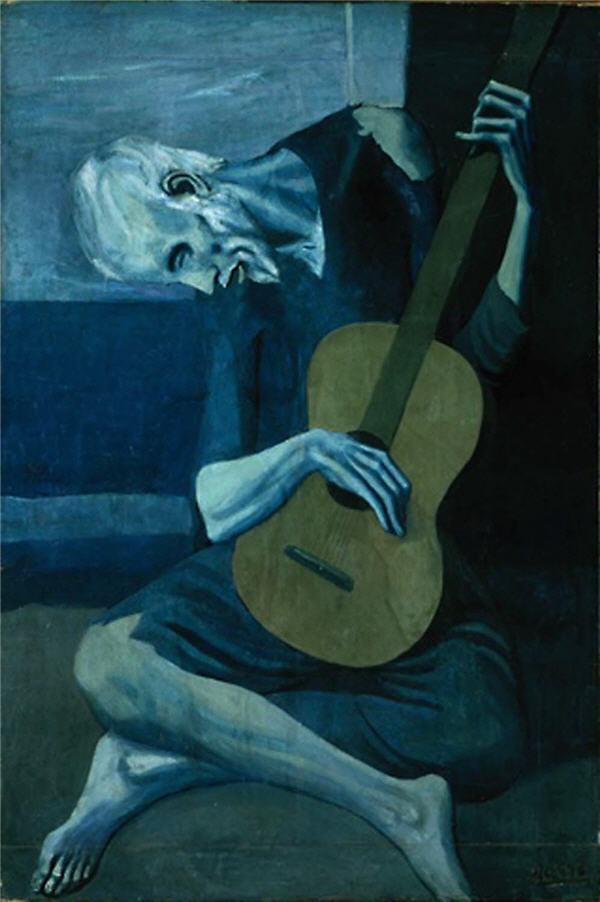
The Old Guitarist, 1903
The painting belongs to the Blue period. It shows old, blind, weak man daintily holding his guitar. He is a street player in Spain. The painting is depicted through shades of blue, and it leans on expressionism.
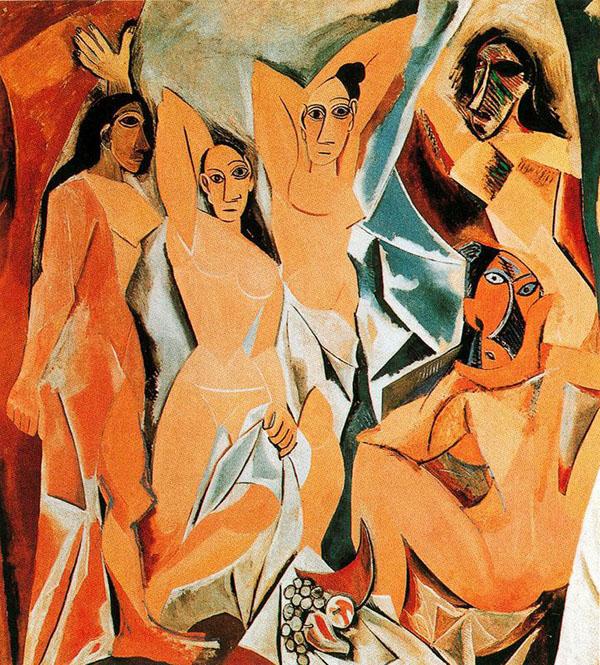
Les Demoiselles d’Avignon, 1907
Perhaps the most revolutionary painting in modern art. It deconstructed all the accepted aesthetic rules, offended and shocked purists by portraying prostitutes, and single-handedly changed the course of art into a more abstract field. It is considered the first painting of Cubism. It represents five nude prostitutes from a brothel in Barcelona.
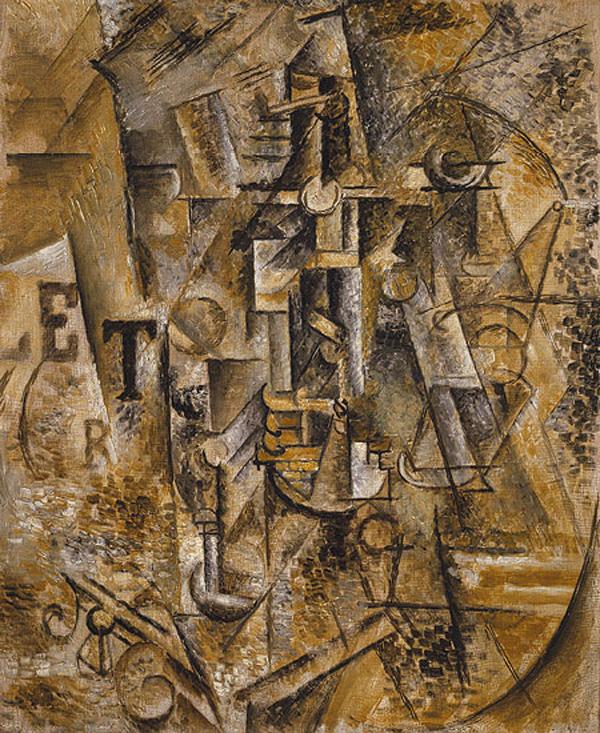
Still Life with a Bottle of Rum, 1911
The painting was finished when Picasso stayed in the French Pyrinees, the favorite destination of the musicians, poets and artists. Cubists loved this mountain before the World War I, and it is in a way the second home of the movement. The painting is executed in the elaborate cubist style.
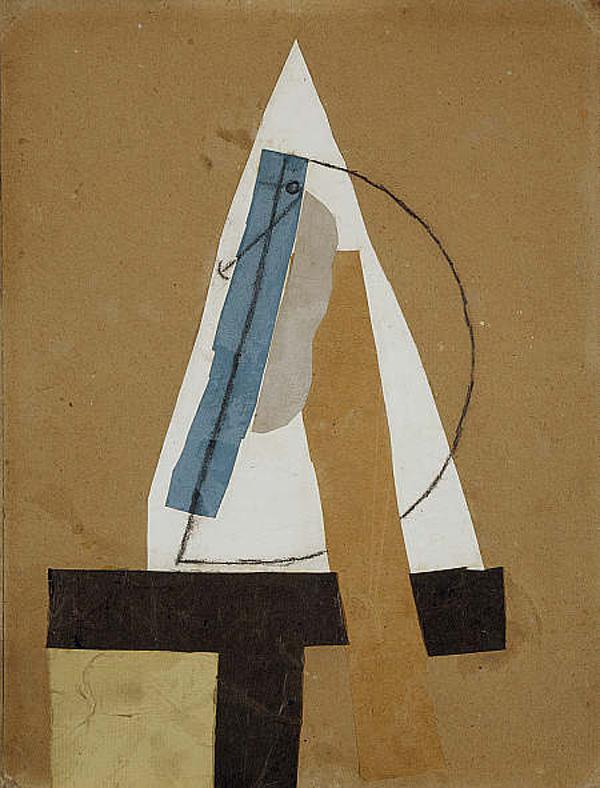
Tête – Head, 1913
This famous piece is one of the most abstract Cubist collages. A profile of a head can be traced in the charcoal drawn half-circle, but all of the facial elements are greatly reduced to geometric shapes.
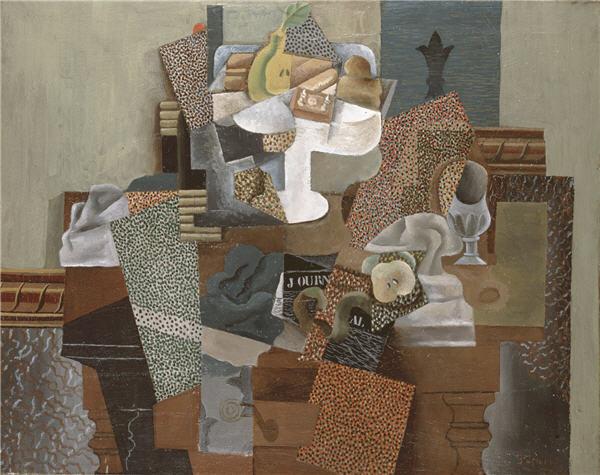
Still Life with Compote and Glass, 1914-15.
Shapes of pure color and faceted objects are juxtaposed in a harmonious composition. Picasso explored texture and surfaces in this painting, evoking the collage practice he often used.
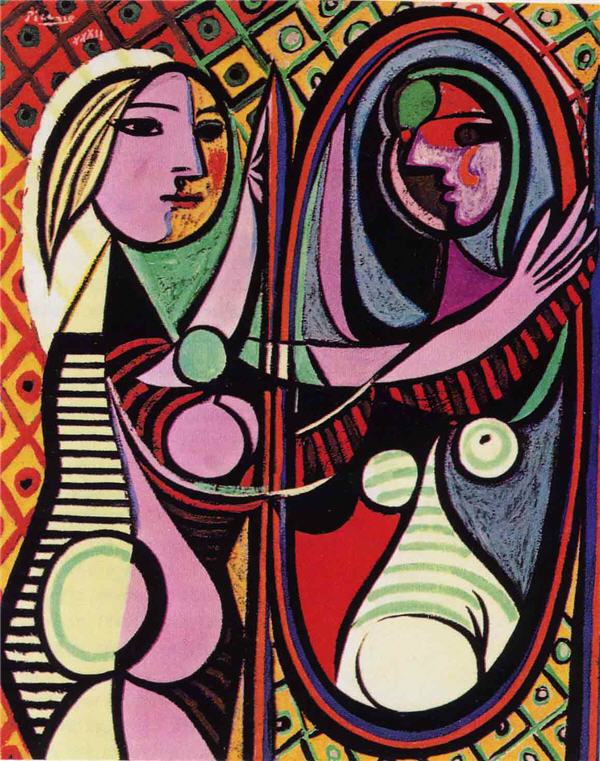
Girl before a Mirror, 1932
The painting represents a portrait of Picasso’s young lover Marie-Thérèse Walter. The girl and her reflection are pictures of her during the day and the night, and transitions of a girl into a seductive woman.
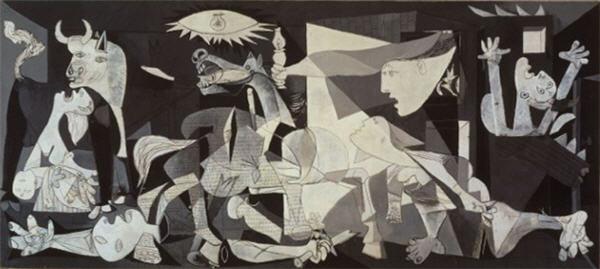
Guernica, 1937
This painting depicts the tragic nature of war and the suffering of innocent victims. The work is monumental in scale and meaning, and it is accepted worldwide as an anti war symbol and the poster for peace.
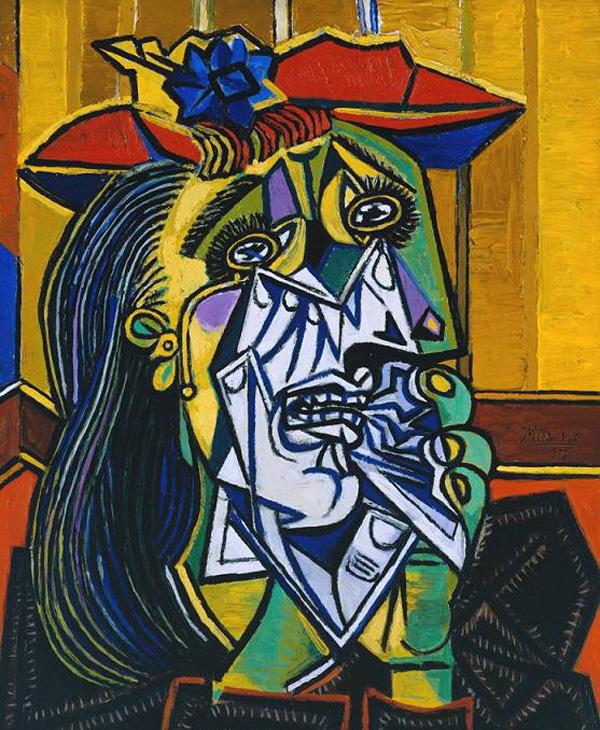
The Weeping Woman, 1937
Picasso was generally interested in the subject of suffering. This painting is the final of the crying women series he did that year, and it has the most detailed composition. The theme is considered to be a continuation of Guernica.
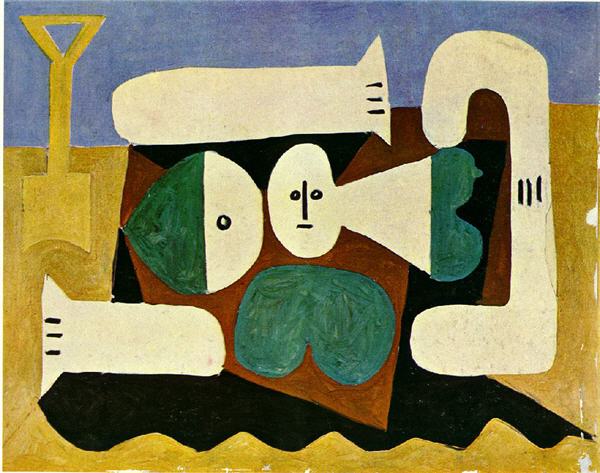
Naked woman on a beach and shovel, 1960
Another interpretative painting of Picasso, leaning on a historic work. The scene is largely reduced, discarding the third dimension. It is the late cubist style, with clear implications of surrealism in the subject and in the way it was painted.
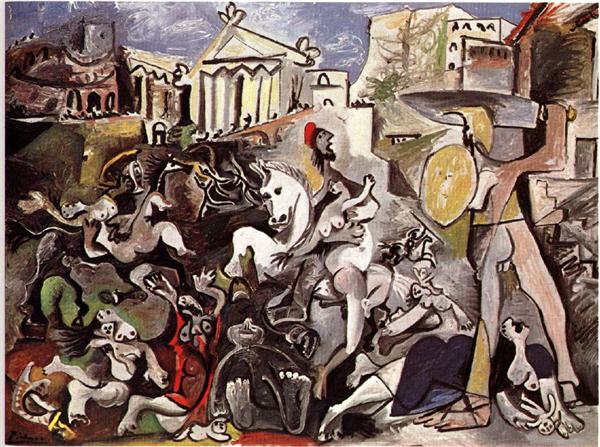
The Rape of Sabine Women, 1962
This painting is an interpretation of a historic composition. It was done at the peak of Cuban Missile Crisis, portraying the shadow between East and West and oozing with the threat of war.

